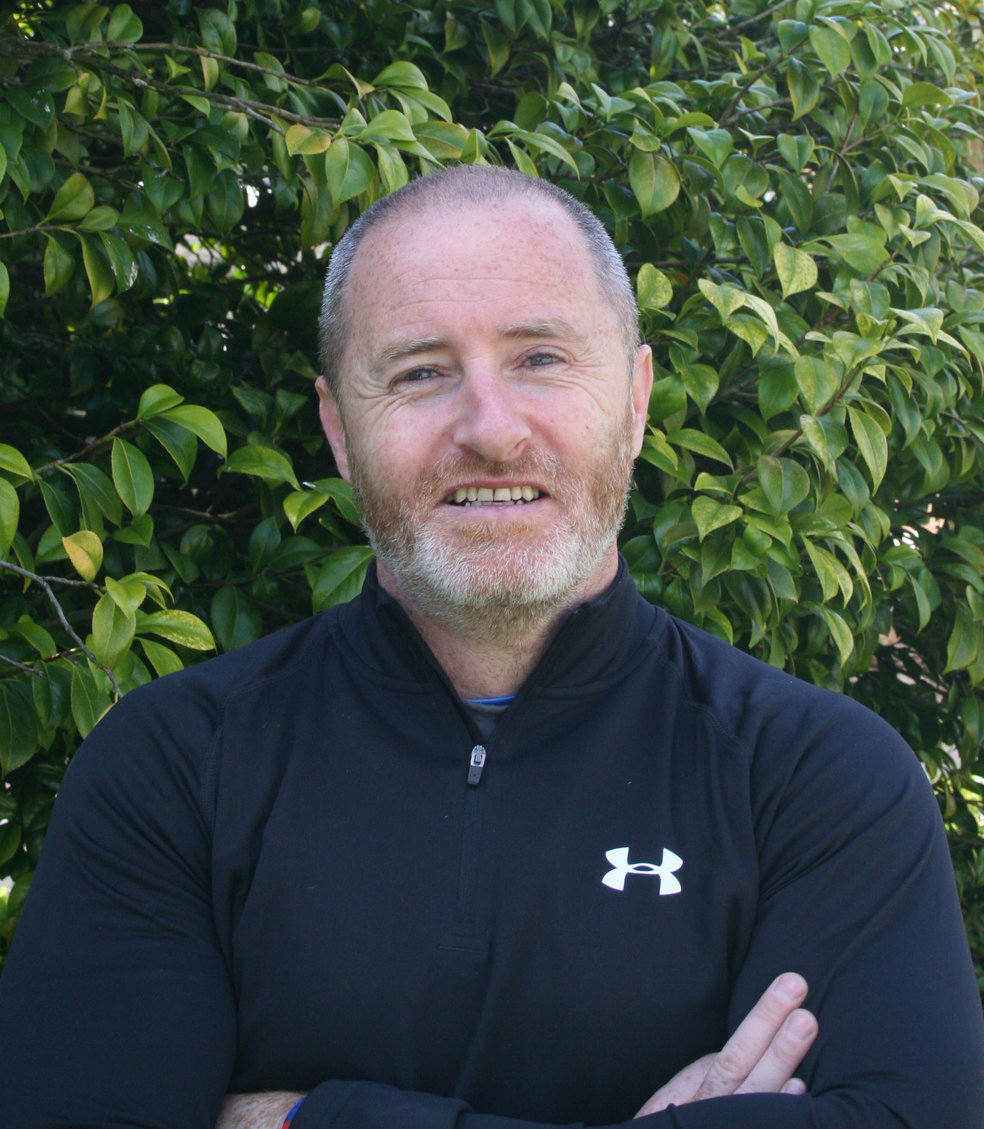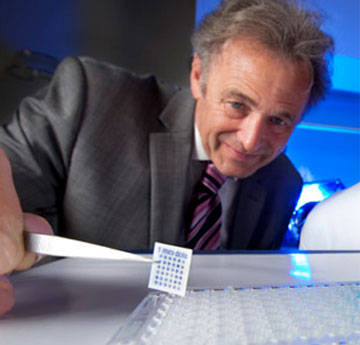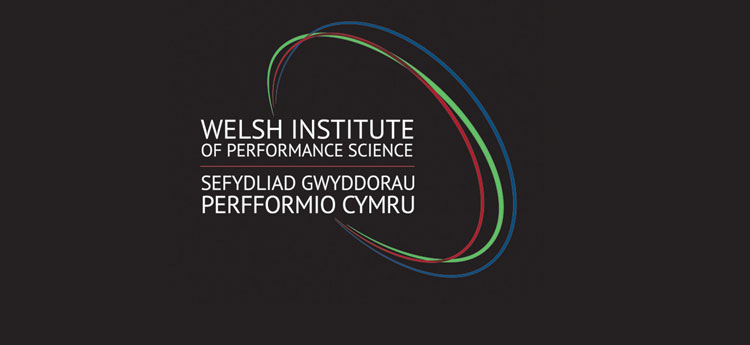The Challenge
When competing at an elite level, marginal differences can be the deciding factor between winning and losing. Preparing athletes for competition requires the development optimal physiological and psychological strategies. For example, some of these strategies can be placed between warm up and competition start and during half time in team sports where muscle temperature can drop below optimal levels. Another naturally occurring change, is the decrease in testosterone throughout the day, potentially causing loss of power, strength, motivation and overall performance.
Although marginal, if these changes can be decreased, stopped, or reversed, athletes can access performance gains improving their output in competition.
Professor Liam Kilduff and his team from Swansea University worked with professional athletes and sports teams across the world to explore how to positively impact performance.
Working with the athletes, and using sports lab facilities at Swansea University and across the world, the team were able to research and test strategies to be implemented on competition day.
The team found that passive heat maintenance and morning priming can offset the decreases in muscle temperature and testosterone respectively, attenuating the impairment on subsequent performance.
By exercising in the morning, it has been found that the circadian decline in testosterone can be offset, protecting from deterioration in afternoon performance. From this the team have provided suggestions and protocols for elite athletes to follow in order to protect afternoon performance.
The impact
Professor Kilduff’s findings and suggestions have been implemented in international sporting organisations’ preparation strategies for competition days. By implementing these changes, subsequent performance has been improved.
Professor Kilduff, Dr Bezodis and Professor Claypole have advanced their research on heat maintenance by improving the underpinning technology used in passive heat maintenance strategies, which has developed advanced functional nano and micro materials which can be printed onto flexible coatings. These have been embedded into bespoke garments for elite athletes and offer a uniform distribution of heat.
The world leading impact of these changes have been adopted by international elite level athletes and teams in a range of competitions including:
- Elite bob-skeleton athletes in the last 3 Winter Olympic Games
- Athletes at the last 3 Commonwealth games
- Team GB athletes in preparation for the Olympic Games in Tokyo and Beijing
- International Rugby Union at the last 3 Rugby World Cups










